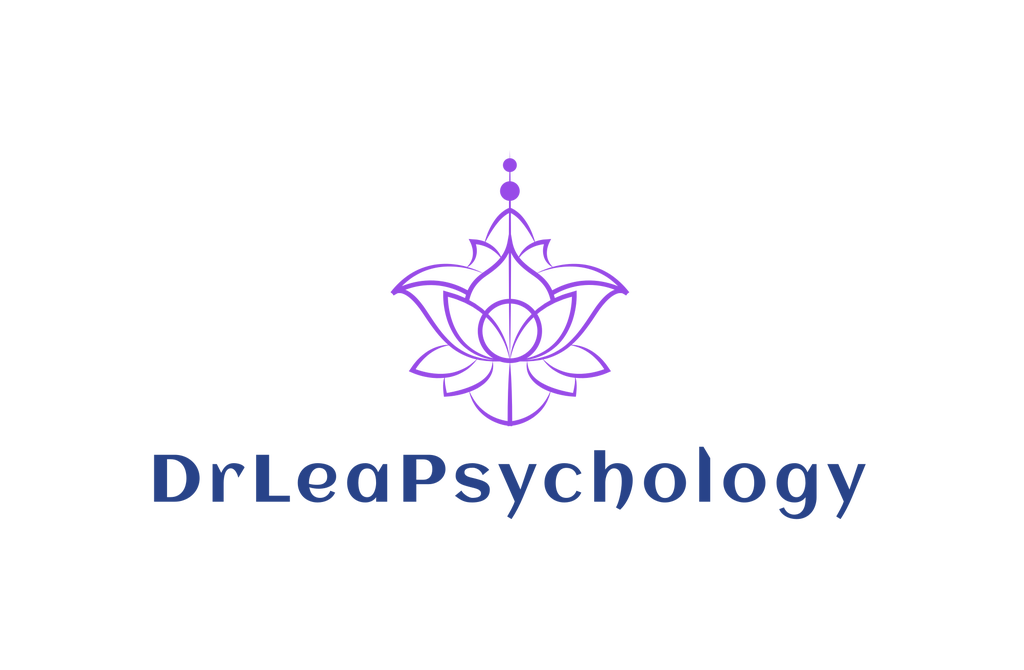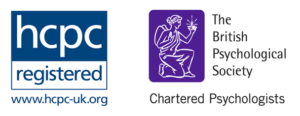Anxiety is often discussed as a feeling in the mind, but its effects can echo throughout the entire body. Understanding the connection between anxiety and physical symptoms can help adults recognise what’s happening and find ways to soothe both mind and body.
The Body’s Response to Anxiety
When you’re anxious, your body instinctively switches to ‘fight or flight’ mode. This ancient response is designed to protect us from danger, but in modern life, it often gets triggered by everyday stress and worry.
Common Physical Symptoms:
- Racing heart or palpitations
- Chest tightness or pain
- Shallow breathing or breathlessness
- Tummy upsets (nausea, diarrhoea, ‘butterflies’)
- Sweating or hot flushes
- Shaking or trembling
- Muscle tension or aches
- Headaches
- Dry mouth
- Dizziness or light-headedness
- Tingling or numbness in hands and feet
- Fatigue
Why Does This Happen?
Anxiety floods the body with stress hormones like adrenaline and cortisol. These chemicals:
- Speed up your heart to send blood to muscles
- Increase breathing to get more oxygen
- Slow digestion (to conserve energy)
- Heighten senses (which can make normal feelings overwhelming)
- Cause sweating and trembling as the body prepares for action
When Anxiety Mimics Illness
Because anxiety can cause so many physical symptoms, it’s easy to mistake stress for a physical health condition. Sometimes people visit doctors for chest pain, headaches, or stomach upsets, only to find anxiety is the underlying cause.
Making Sense of Physical Symptoms
Key Steps:
- Notice when symptoms appear—are they linked to stressful thoughts or situations?
- Keep a diary of symptoms and stress triggers
- Rule out medical causes with your GP if you’re unsure
- Remind yourself that these sensations are uncomfortable but not dangerous
Managing Physical Symptoms of Anxiety
Helpful Strategies:
- Practise deep, slow breathing (try inhaling for 4, exhaling for 6)
- Use grounding techniques (focus on five things you can see, four you can feel, etc.)
- Exercise gently—walking, stretching or yoga can reduce tension
- Avoid excess caffeine or alcohol
- Create a calming daily routine
- Talk to someone you trust about how you’re feeling
When to Seek Extra Help
It’s important to reach out if:
- Symptoms are severe or persistent
- They interfere with your daily life or work
- You’re unsure if symptoms are anxiety or a medical issue
- You feel overwhelmed or unable to cope
A healthcare professional can help you find the right support, including talking therapies, medication, or self-help strategies.
Recommended Reading
- “The Anxiety Solution” by Chloe Brotheridge
- “Overcoming Anxiety” by Helen Kennerley
- “Rewire Your Anxious Brain” by Catherine M. Pittman and Elizabeth M. Karle
Remember: Anxiety is common and treatable. Understanding your symptoms is the first step in regaining calm and confidence in your mind and body.








